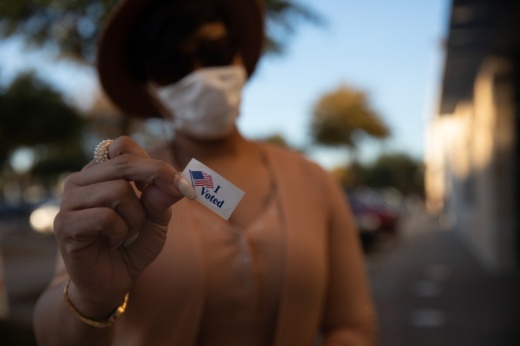Elections Administrator Bruce Sherbet said costs have not been finalized, and there are still a few runoff races and special elections left to hold.
In a typical presidential election, Sherbet said, it is “safe” to say that the elections budget would be about $1.2 million. There is no single reason for this year’s increase, he said.
Since 2016, the county elections department has increased the number of polling places by 40%. Those new polling places require voting machines; poll workers and election judges, who receive hourly pay; contractors paid to test voting equipment; phone banks to assist voters; and, new this year, personal protective equipment due to the COVID-19 pandemic.
Another reason for the increase is the upcoming December runoff for the special election for the Texas Senate District 30 seat, which represents 14 counties, including a portion of Collin County.
As with many things in 2020, this year’s election was unusual, according to Sherbet. Voter turnout surpassed 75%, up from the 67.8% of voters who cast a ballot in the 2016 general election, which is the highest turnout since at least 1996, when record-keeping shifted to its current format. This year, the Collin County Elections Department sent out about 45,000 mail ballots, more than double the estimated 20,000 sent out four years ago, Sherbet said.
He also said that 92% of the Collin County voters who cast a ballot in this election voted early. Of the 446,455 ballots cast this year, only 8% were cast on Election Day.
Collin County’s voter registration rolls have also been increasing with the county’s population growth. Since 2016, more than 110,000 Collin County residents have registered to vote, according to records from the Collin County Elections Department. Even though ballots from all of Collin County’s 102 vote centers and early voting and absentee ballots have been counted, election results are still not official, Sherbet said.
The county still has to count about 6,000 provisional ballots, and another 150 to 200 mail-in ballots that were postmarked by Nov. 3 are still expected to arrive, he said.
Elections results are not final until canvassed and certified by the county clerk. Under Texas election law, the clerk accepts and counts mail-in ballots postmarked by Election Day and received by Nov. 4, if they were sent from inside the U.S., or Nov. 9, if they were sent from outside the United States.





